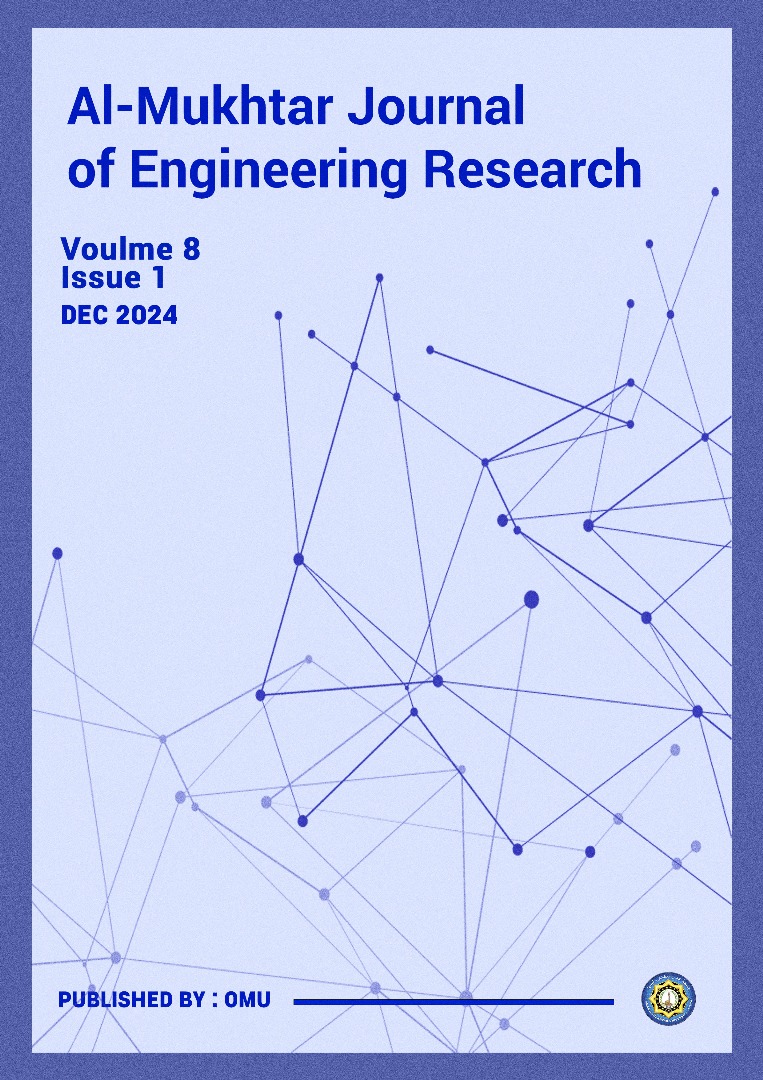Simulation Of Dehydration Process By Using Ethylene Glycol Butyl Ether (Egbe)
DOI:
https://doi.org/10.54172/14qx1748Keywords:
Glycol, Dehydration, Natural Gas, Software, Butyl Glycol, EGBEAbstract
The raw natural gas extracted from production wells contains many impurities such as oil, sulphur, carbon dioxide, nitrogen, and other impurities. Among these impurities that must be removed in order to achieve the specifications of the liquid natural gas (LNG) is a water vapor. Because free water causes hydrate formation in transport pipelines and in addition to corrosion when combine with acid gases, resulting in heavy losses in maintenance costs of transport pipelines. For these reasons, natural gas must be dehydrated. The most common methods is Glycol dehydration process, and this process has a good results. In this paper, we have suggested a solvent and simulated it and proof its effectiveness in dissolving the water and dehydration the gas instead of using Tri-ethylene Glycol (TEG). This solvent is Ethylene Glycol Butyl Ether (EGBE), It is used widely as a solvent in surface coatings, and used in metal and household cleaners. It isn’t use in previously natural gas processing. The comparison between glycol types done by Aspen Hysys (glycol package model approach) and according to the dry gas specifications, the simulation results show that: the appropriate flow rate for EG, DEG, TEG, TREG and EGBE are 500 Kgmol/h, 429.5 Kgmol/h, 337.1 Kgmol/h, 80 Kgmol/h and 25.3 Kgmol/h, respectively. Ethylene Glycol Butyl Ether prove a high the efficiency it in dissolving the water with a little flow rate, as well as decrease the energy required for the operation. This paper looks to the use of EGBE as an alternative to TEG for its high efficacy in dissolving water, also significant decrease in the cost of dehydration gas about 98.7 x 109 $/Year].
Downloads
Published
Issue
Section
License
Copyright (c) 2024 Abdualfatah S. Mahmod, Abdrabba I. Hassan, Rasha A. Alabd (Author)

This work is licensed under a Creative Commons Attribution-NonCommercial 4.0 International License.
Copyright of the articles Published by Al-Mukhtar Journal of Engineering Research (Mjer) is retained by the author(s), who grant Mjer a license to publish the article. Authors also grant any third party the right to use the article freely as long as its integrity is maintained and its original authors and cite Mjer as the original publisher. Also, they accept the article remains published by the Mjer website (except in the occasion of a retraction of the article).




